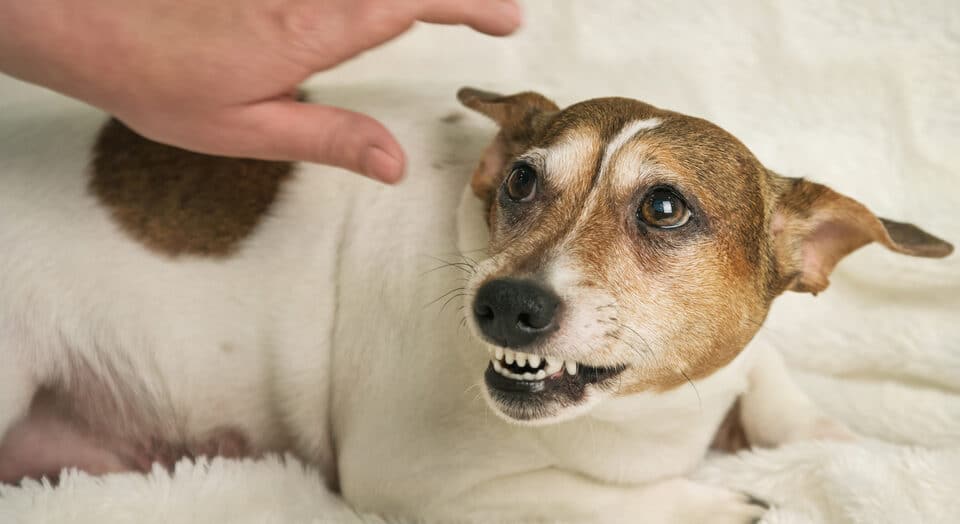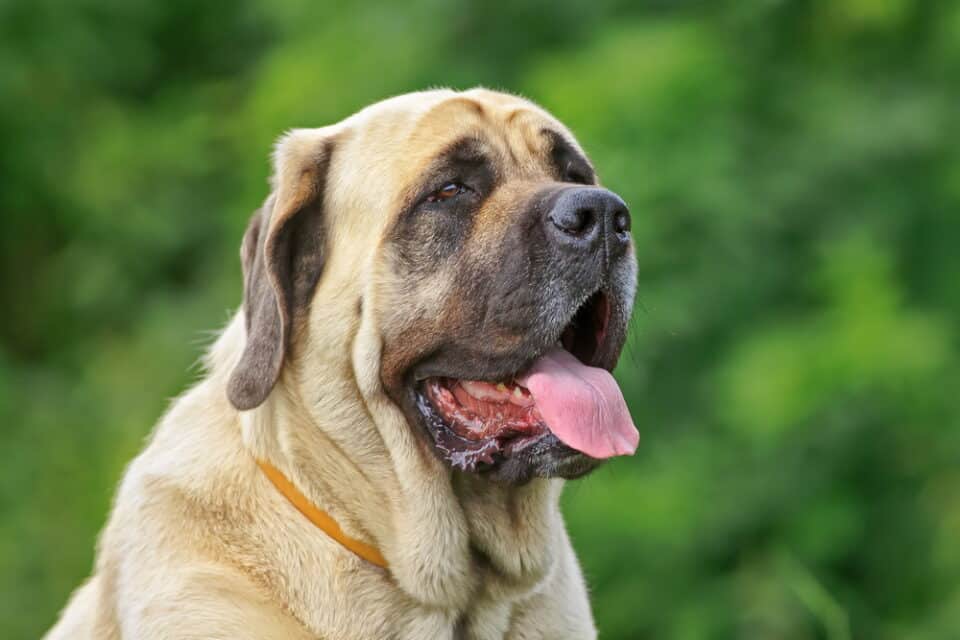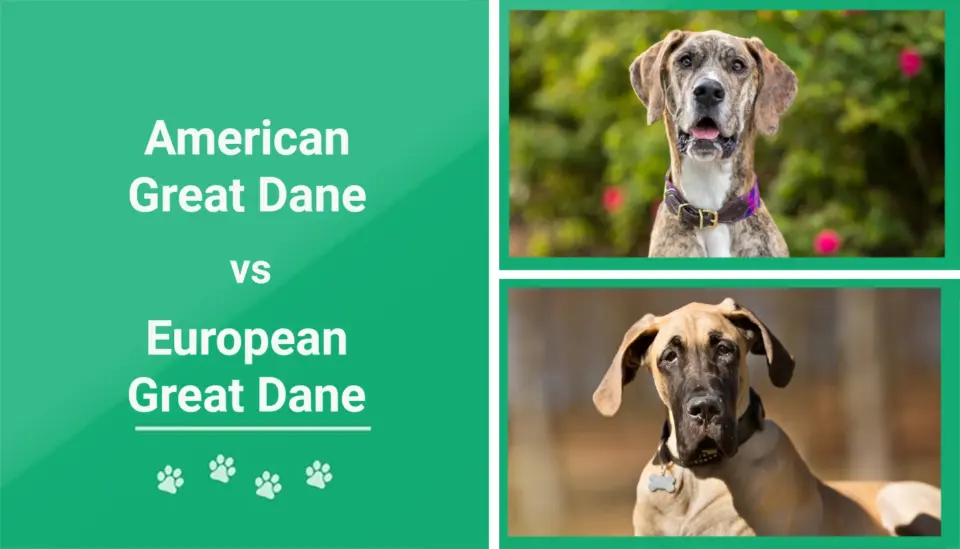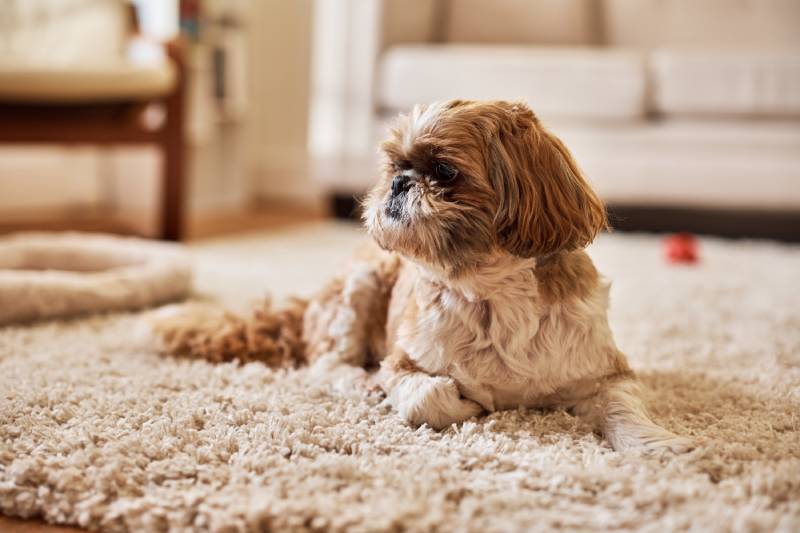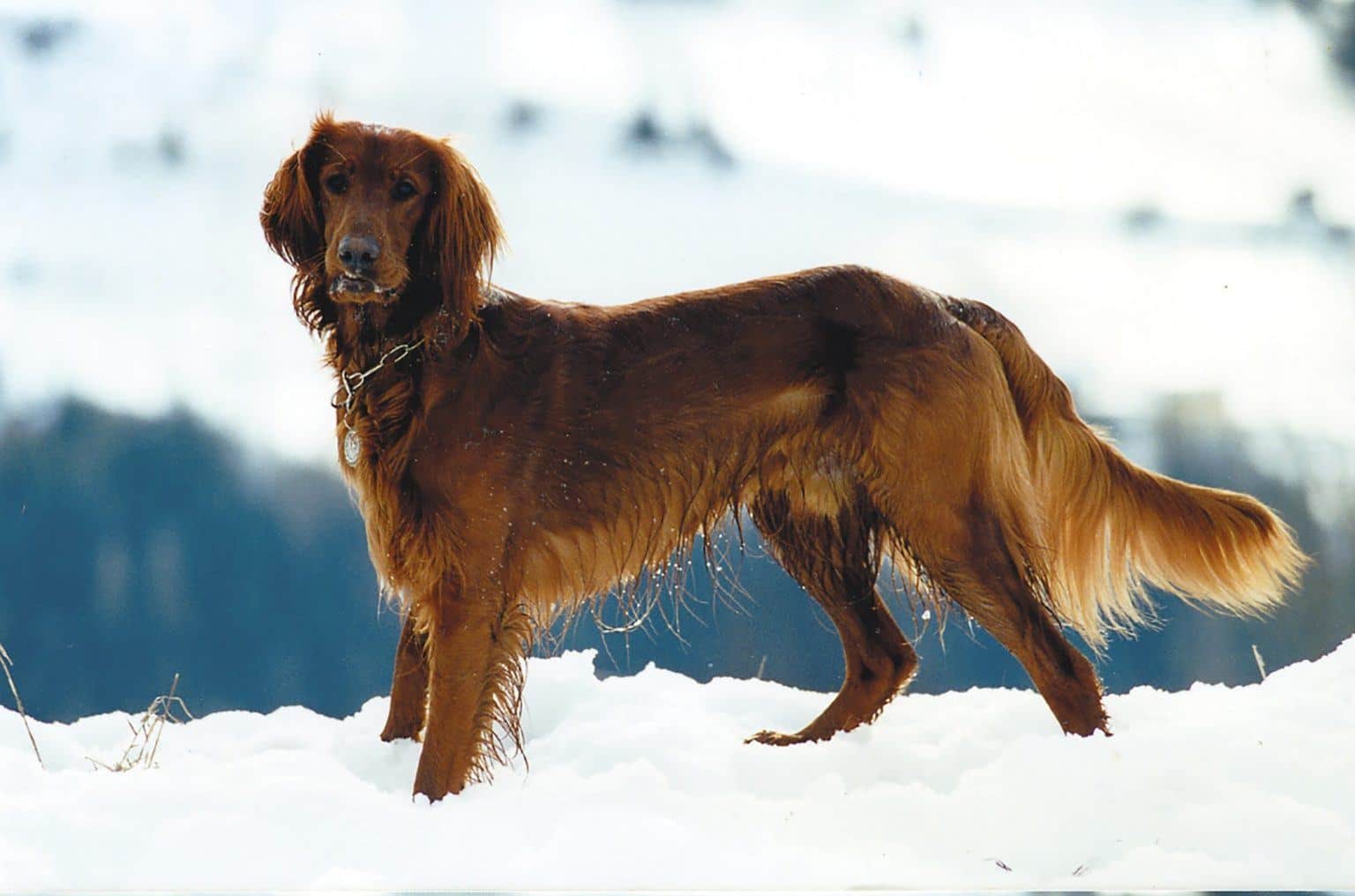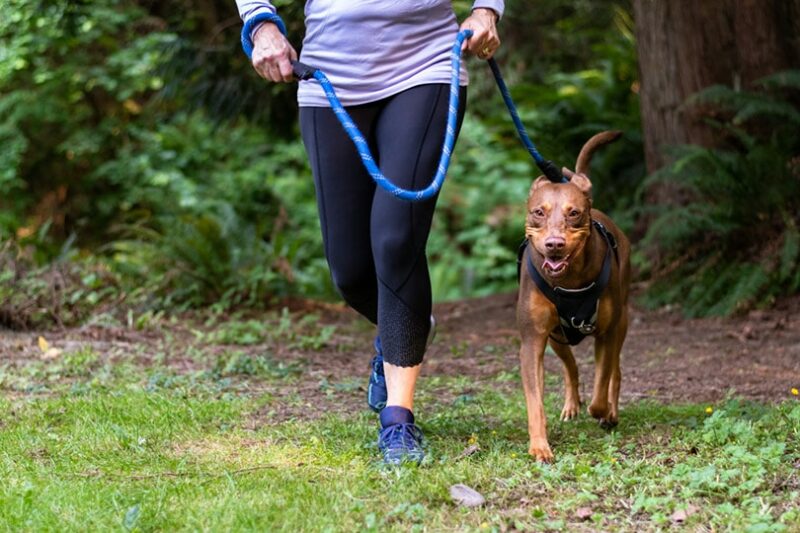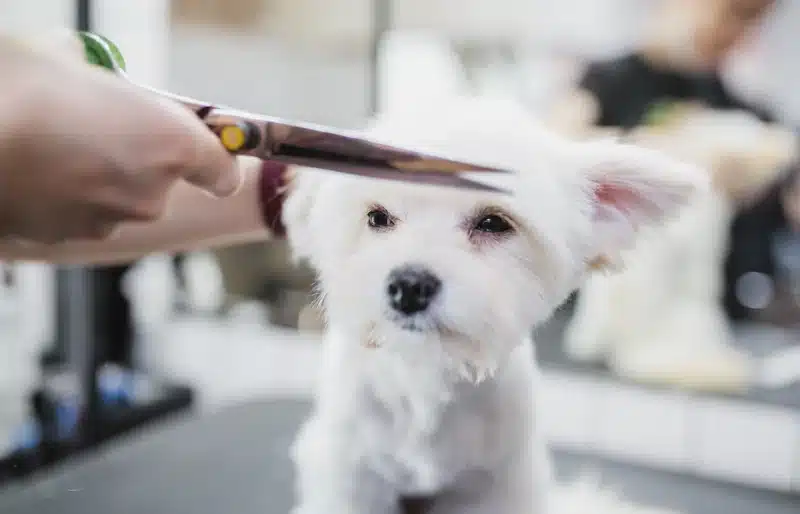Ever wondered why your dog suddenly goes from cuddly to growly? Defensive aggression could be the reason. Dive into understanding what provokes this behavior and how to deal with it, ensuring a safe environment for everyone. Let’s break down the nuances of why your furry friend might feel threatened and what signs you should never ignore.
- Dogs often display defensive aggression when scared, aiming to protect themselves from a perceived threat.
- A lack of socialization and training is a common root cause of defensive aggression in dogs.
- Recognizing signs such as cowering or tail tucking helps in identifying potential defensive aggression early on.
- Managing this behavior involves understanding your dog’s body language and seeking professional help if needed.
Ever found your adorable pup suddenly baring its teeth or snarling at the seemingly calm environment around them? This behavior, known as defensive aggression, is usually driven by fear. Just like us, when dogs feel threatened, they contemplate three options: flee, freeze, or fight. If the aggression gets to the fighting stage, it needs attention—before people or other pets get hurt.
What triggers this defensive stance? Often, it’s poor socialization and training from puppyhood. A dog not used to being around other animals or different human faces can easily feel threatened. Imagine walking through a bustling park when your dog suddenly tenses—it’s their way of saying, “I’m not comfy here.”
If you’re worried about your pooch showing signs of defensive aggression, look for subtle cues. Common indicators include cowering, tucking their tail, or turning their head away. These behaviors scream “leave me be” long before any growling or snapping occurs. Ignoring these warnings can escalate to bites—a situation that’s dangerous for everyone involved.
How do you keep this from going too far? Start by being your dog’s advocate. Pay close attention to their non-verbal cues, like body language, to dodge stressful encounters. If another dog’s presence seems unsettling to your pet, simply change your path. Similarly, if your friendly neighbor reaches out for a pat and your dog turns away, it’s okay to politely decline the gesture on your dog’s behalf.
Managing defensive aggression might seem daunting, but it isn’t an issue to brush aside. In cases where personal tactics fall short, calling in professional trainers or vets is key. The situation varies with each dog, and sometimes a medical issue might be at play. Reaching out for expert help is a smart move if you find the aggression escalating.
Ignoring the aggression, hoping it resolves on its own, is as effective as ignoring a storm hoping it passes over without rain. Professional input ensures the safety of your pup, yourself, and anyone else involved.
Navigating defensive aggression in dogs is all about understanding their world and protecting them from fearful situations. Seek help early to foster a safe atmosphere for your furry friend.
